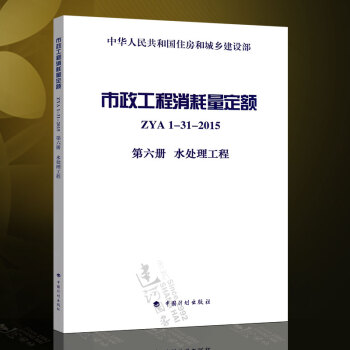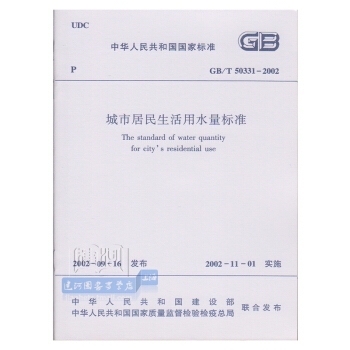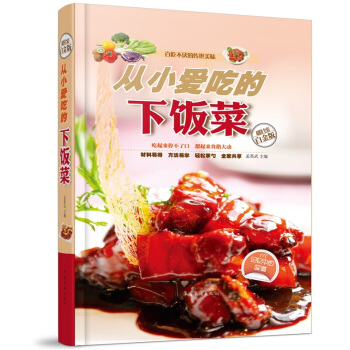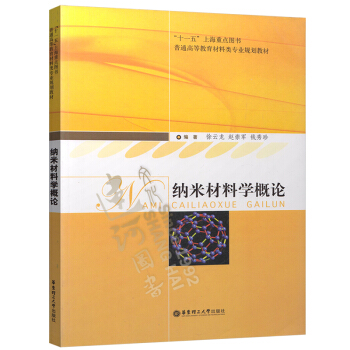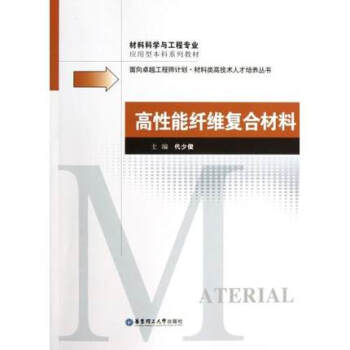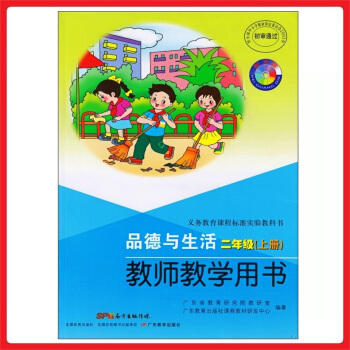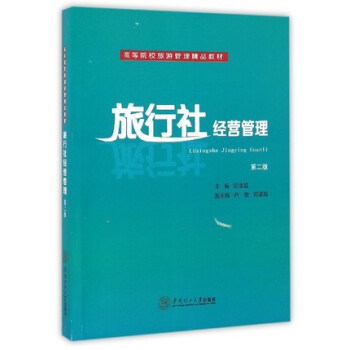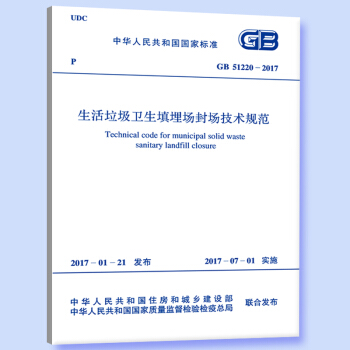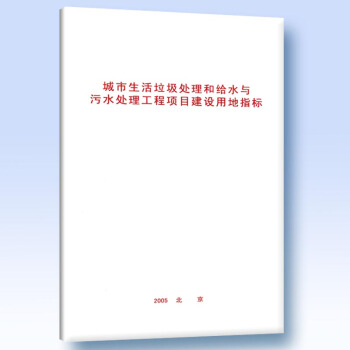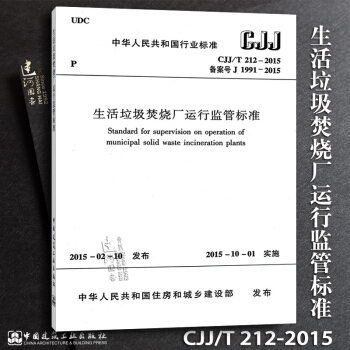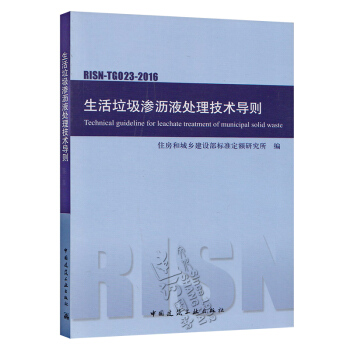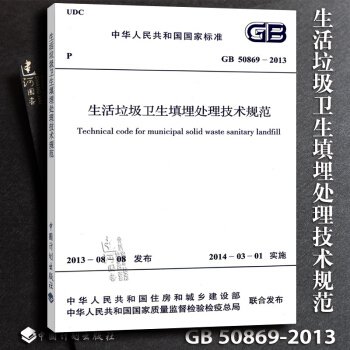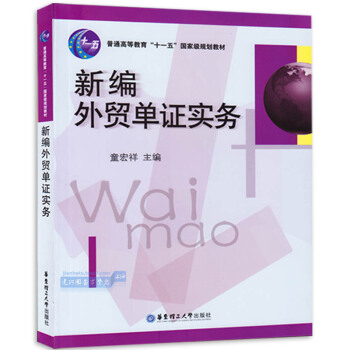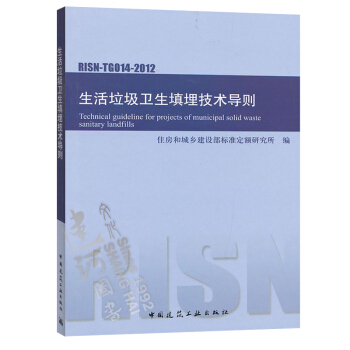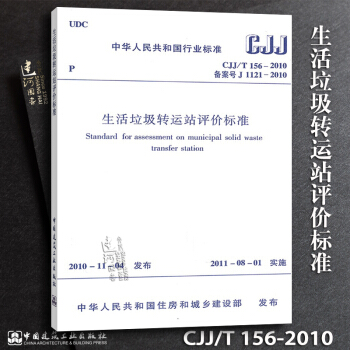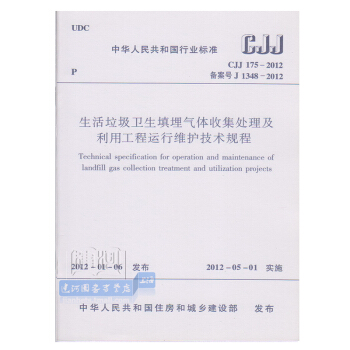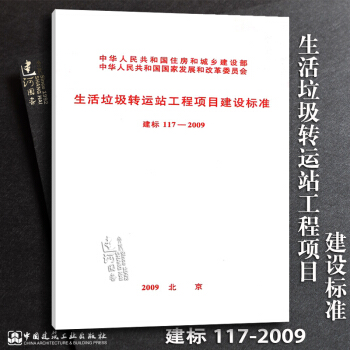具體描述
| 書 名 | 市政工程消耗量定額 ZYA 1-31-2015 第六冊 水處理工程 |
| 書 號 | ISBN 978-7-5182-0170-9 |
| 定 價 | 69.00 |
| 齣版單位 | 中國計劃齣版社 |
| 標準類彆 | 全國定額、其他定額 |
| 語 言 | 中文 |
| 等 級 | ***** |
| 主編部門 | 住房和城鄉建設部標準定額研究所 |
| 發布部門 | 中華人民共和國住房和城鄉建設部 |
《市政工程消耗量定額》共分十一個分冊,分彆是“冊 土石方工程”、“第二冊 道路工程”、“第三冊 橋涵工程”、“第四冊 隧道工程”、“第五冊 市政管網工程”、“第六冊 水處理工程”、“第七冊 生活垃圾處理工程”、“第八冊 路燈工程”、“第九冊 鋼筋工程”、“第十冊 拆除工程”、“第十一冊 措施項目”,本書為第六冊,主要內容包括水處理工程構築物、設備安裝、措施項目。
章 水處理構築物
第二章 水處理設備
第三章 措施項目
municipal engineering consumption quota, volume VI, water treatment engineering This book is a comprehensive compilation of consumption quotas for municipal water treatment engineering projects, designed to serve as a professional reference for project estimation, budgeting, and cost control. It adheres to the national standards and guidelines for municipal engineering, specifically referencing the ZYA1-31-2015 standard, ensuring accuracy and consistency across different projects. The content within this volume focuses on the intricate details of water treatment processes, covering a wide spectrum of construction and installation activities. It is meticulously organized to provide users with a clear and systematic approach to calculating material quantities, labor hours, and machinery usage. The primary objective is to offer a reliable and practical tool for engineers, estimators, contractors, and project managers involved in the planning and execution of water treatment facilities. Scope and Coverage: This volume delves into the specific requirements of water treatment engineering, which encompasses a range of essential processes aimed at purifying water for various uses, primarily for domestic supply and industrial applications. The consumption quotas detailed herein are applicable to a diverse array of water treatment plant components and stages. Pre-treatment Processes: This section covers the initial stages of water purification, including screening, grit removal, and sedimentation. It provides quotas for the construction of intake structures, raw water pumps, grit chambers, and primary sedimentation tanks. Detailed breakdowns for excavation, concrete works, steel reinforcement, equipment installation (pumps, screens, grit removal mechanisms), piping, and associated civil structures are included. Coagulation and Flocculation: This crucial stage involves the addition of chemicals to destabilize suspended particles. The book offers consumption quotas for the construction of chemical dosing systems, rapid mix tanks, and flocculation basins. It details the materials and labor required for tank construction, installation of mixers and agitators, chemical storage and handling systems, and the associated piping and instrumentation. Sedimentation/Clarification: Following flocculation, the heavier flocs settle out. This section provides quotas for the construction of secondary sedimentation tanks or clarifiers. It includes detailed information on excavation, concrete works, the installation of sludge collection mechanisms (e.g., chain and flight scrapers, belt conveyors), outlet structures, and piping for treated water and sludge removal. Filtration: This is a key process for removing remaining suspended solids. The book comprehensively covers various filtration methods, including rapid sand filters, slow sand filters, and membrane filtration systems. For rapid sand filters, it details quotas for the construction of filter beds, underdrains, media placement (gravel, sand, anthracite), backwashing systems (pumps, piping, valves), and control mechanisms. For membrane filtration, it provides quotas related to the installation of membrane modules, support structures, pre-treatment systems (if applicable), and specialized piping and control systems. Disinfection: This vital step ensures the removal of harmful microorganisms. The volume provides consumption quotas for various disinfection methods, such as chlorination, ozonation, and ultraviolet (UV) irradiation. For chlorination, it includes quotas for chlorine contact tanks, chemical feed systems, storage, and safety measures. For ozonation, it details the construction of ozone contactors, ozone generation units, and associated piping. For UV disinfection, it covers the installation of UV reactors, lamp arrays, and control systems. Sludge Treatment and Disposal: Water treatment processes generate sludge, which requires proper management. This section offers consumption quotas for various sludge thickening, dewatering, and disposal methods. It covers the construction of sludge thickening tanks, vacuum filters, belt filter presses, centrifuges, and associated piping, pumping systems, and conveyors. It also includes considerations for sludge storage and disposal infrastructure. Ancillary Structures and Systems: Beyond the core treatment processes, water treatment plants require numerous supporting facilities. This volume provides quotas for: Pumping Stations: Including raw water pumping stations, treated water pumping stations, and sludge pumping stations, covering civil works, pump installation, motor mounting, and electrical connections. Pipework and Valves: Comprehensive quotas for the installation of various types of pipes (e.g., ductile iron, PVC, steel, HDPE), fittings, and valves of different sizes and pressure ratings, including excavation for trenching, bedding, backfilling, and testing. Electrical and Instrumentation Systems: Quotas for the installation of electrical conduits, cables, switchgear, control panels, sensors, flow meters, level indicators, and other instrumentation necessary for the operation and monitoring of the water treatment plant. Building and Civil Works: Including administrative buildings, control rooms, laboratories, workshops, chemical storage facilities, and access roads, covering concrete, masonry, roofing, flooring, and finishing works. Site Preparation and Earthworks: Quotas for clearing and grubbing, excavation, embankment construction, grading, and compaction for plant layout and foundation preparation. Methodology and Structure: The consumption quotas are presented in a clear, tabular format, typically organized by work item, unit of measurement, and the specific consumption of materials, labor, and machinery. Each entry is meticulously detailed, providing precise quantities for items such as: Materials: Concrete (by strength), various types of steel reinforcement, formwork materials, piping materials (including diameter, wall thickness, and material type), valves, fittings, filter media (gravel, sand, anthracite, activated carbon), chemicals for dosing, electrical cables, conduits, etc. Labor: Different categories of skilled and unskilled labor, with estimated hours per unit of work. This includes specialized trades like masons, ironworkers, plumbers, electricians, and equipment operators. Machinery and Equipment: Details on the type and duration of use for construction equipment such as excavators, loaders, concrete mixers, cranes, vibrators, welding machines, pipe laying equipment, and testing equipment. The book emphasizes a systematic approach to estimation, breaking down complex tasks into smaller, manageable units. This allows for accurate calculation of resource requirements, enabling cost-effective project management and informed decision-making. It also promotes consistency in costing practices across the industry, facilitating fair bidding and transparent project execution. Key Features and Benefits: Comprehensive Coverage: Addresses a wide range of water treatment engineering activities, ensuring that most project requirements are met. Adherence to Standards: Based on the ZYA1-31-2015 national standard, providing a reliable and legally compliant basis for estimations. Detailed Breakdown: Offers granular information on material, labor, and equipment consumption, facilitating precise calculations. Practical Application: Designed for direct use by industry professionals, offering a user-friendly and actionable resource. Cost Control: Enables accurate budgeting and cost forecasting, contributing to effective project financial management. Efficiency Improvement: By providing standardized consumption rates, it helps optimize resource allocation and reduce waste. Professional Reference: Serves as an essential reference for students, educators, and professionals in the municipal engineering field. This volume is an indispensable tool for anyone involved in the design, construction, and management of water treatment facilities, ensuring that projects are executed efficiently, cost-effectively, and to the highest professional standards. It reflects the collective knowledge and experience in the field, providing a robust foundation for accurate and reliable project cost estimations.
